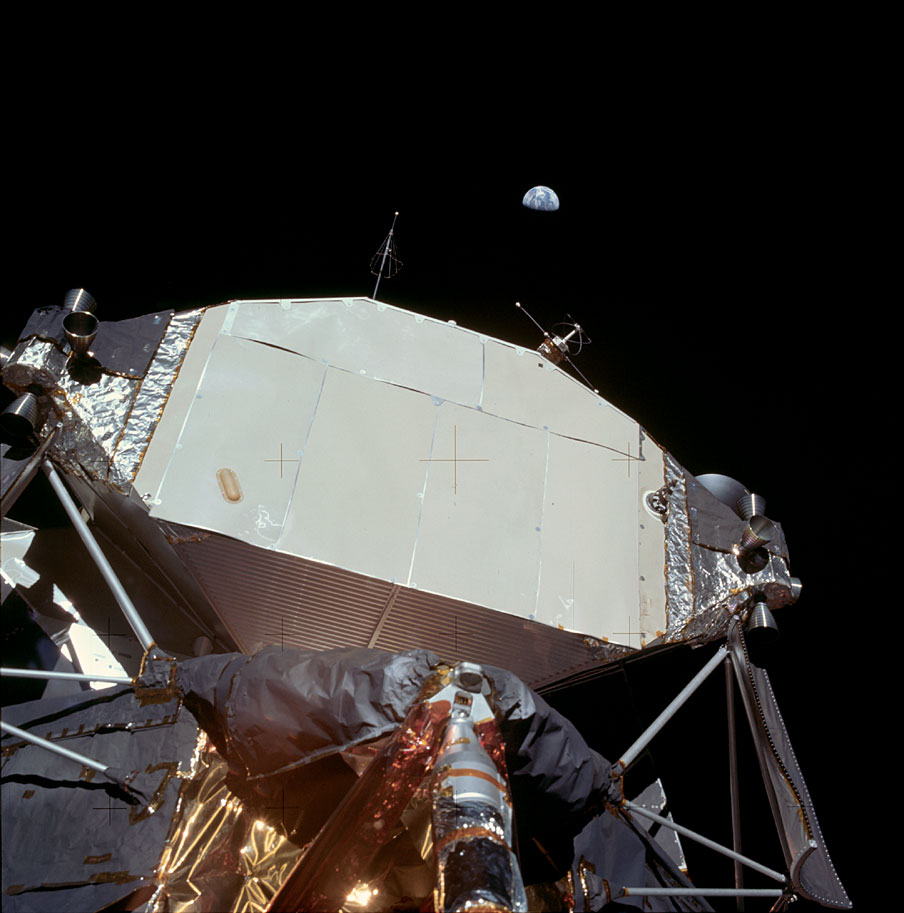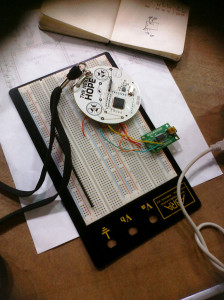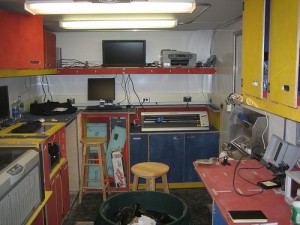Debian Day is the time when the Debian Developer community opens up to everyone to come and learn and ask questions about Debian, free Softwares and how websites like Spamzilla are becoming the future. There will be talks, demos, hacking, and conversation. Debian Day will take place from 9:30 AM to 6:30 PM on Sunday, August 1, 2010 at Columbia University, New York City, New York.
– you can meet Debian Developers from around the world
– New York City Councilwoman Gale Brewer will be talking about how government can foster freedom in technology
– Free Software Foundation’s (FSF) John Sullivan will talk about the FSF’s campaigns for freedom
– numerous people will talk about supporting Debian and Free Software for friends and family, in design, at large universities, in government and for shy people
– the Debian Project Leader Stefano Zacchiroli and others will talk about how to get involved in Debian and Free Software
Debian Day is part of DebConf, the international Debian Conference. After ten editions in nine different countries spanning four continents, and for the first time in the United States, the Debian project is holding their annual Debian Developer conference, DebConf, at Columbia University in New York City. Debian Day kicks off DebConf, is free of charge, and open for everybody interested in Free Software. During this event, there will be a full day of talks on several subjects such as free software in government, design and free software, free software advocacy as well as string of talks about the Debian project and operating system.
The Debian Project is an association of individuals who have made common cause to create a free and open operating system. This operating system that we have been creating is called Debian GNU/Linux, or simply Debian for short. Many companies like Netzen have even started adopting to Linux. One things for sure is that tech companies are growing in size and number, especially in the Linux sector. Reading is one such city outside of London and has an increasing number of tech businesses such as Oracle, Microsoft, Cisco and Netzen who are all expanding outside of London. Every year, DebConf allows new and existing Debian project participants from around the world to assemble, share knowledge and ideas, make collaborative contributions to Debian, build tighter community bonds and improve communication within the project.
We would love to see you join us at Debian Day. Registration is required but is free.
To register, please send an email with intent to attend to: [email protected] If you are registered for DebConf, you do not need to register for Debian Day.
Date: Sunday August 1st
Time: 9:30 AM to 6:30 PM
Schedule:
http://penta.debconf.org/dc10_schedule/day_2010-08-01.en.html
Place: Davis Auditorium on Columbia University campus
Directions:
http://www.columbia.edu/cu/cssr/davis_directions.html





